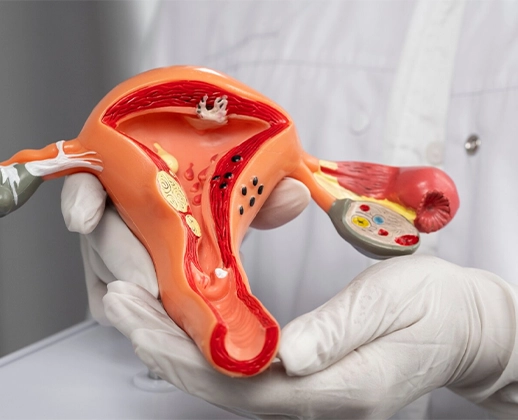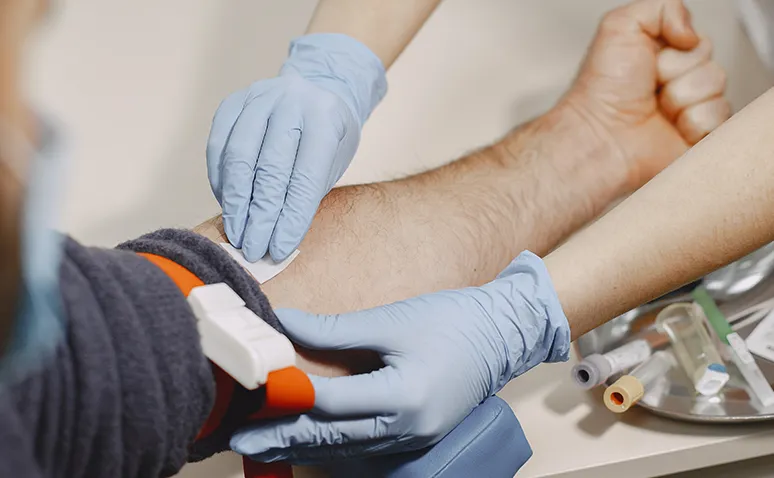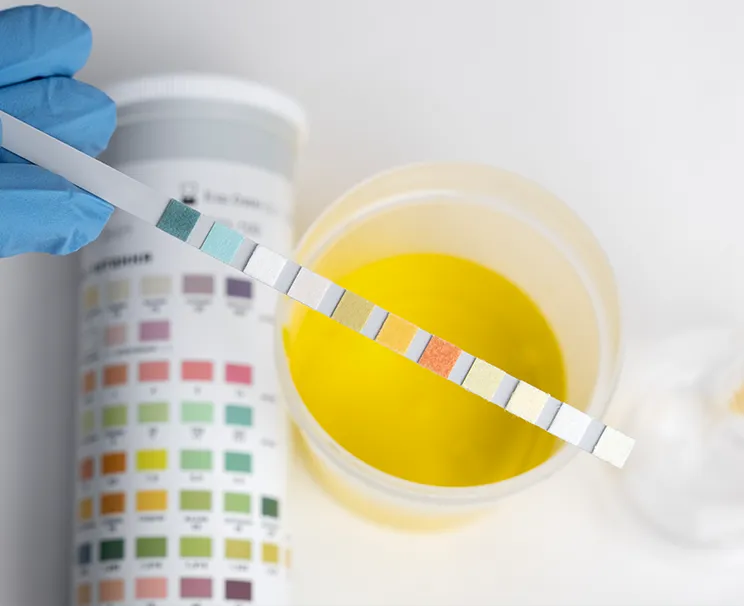Uterine film price varies depending on the healthcare facility, the equipment used, and the experience of the specialist. Although prices differ between institutions, private centers are often preferred for rapid results and detailed evaluation.
Uterine film price can also vary according to the type of method used and additional tests if needed. In some cases, prices may increase due to the use of contrast material or when more detailed examination of the uterine structures is required. Especially HSG films taken before IVF treatment may require detailed reporting, which affects the pricing. Therefore, it is advisable to obtain clear information from the hospital or clinic before the procedure.
Things to consider before a uterine film:
Allows for easier movement during the procedure and provides physical comfort.
Eating a light meal beforehand may help prevent nausea afterward.
Especially helpful for first-time patients in terms of emotional support and practical assistance.
Talking to the doctor about your emotions beforehand can help you go through the process more calmly.
HSG Uterine Film Price
HSG uterine film is an important diagnostic method that provides detailed information about female reproductive health. This imaging technique is one of the first methods doctors resort to, especially in cases of infertility.
The purpose of the procedure is to clearly evaluate the structures inside the uterus and the condition of the fallopian tubes. One of the main concerns women have before the procedure is its cost.
This diagnostic tool, known as hysterosalpingography HSG, is offered at different prices in private and public hospitals. The cost of the service may vary depending on the facility’s equipment, the technology used, and the experience level of the specialist team.
The question why is a uterine film performed is generally answered by the need to determine intrauterine problems and tubal patency, which makes this method necessary.
During HSG, a thin catheter is inserted into the cervix and contrast material is injected. This allows the visualization of the uterine cavity and fallopian tubes. As a result of the imaging, it can be easily determined whether the tubes are open. Mild pain may be experienced after the procedure, and in such cases, simple painkillers may be used upon doctor’s advice.

Factors affecting uterine film prices:
Some centers require that the procedure is not done during menstruation. Such details also play a determining role in planning the process.
How Is a Uterine Film Taken?
The uterine film is usually performed in the radiology unit within the first week after menstruation ends. The patient is positioned gynecologically on the table, and the cervix is cleaned with antiseptic solution to ensure sterile preparation.
The specialist places a thin catheter into the uterine canal and injects contrast material. The aim is to fill the uterine cavity and tubes to obtain clear images.
During the HSG, the procedure is monitored in real time using a fluoroscopy device, and the passage of the substance is observed. If the tubes are open, the substance advances into the abdominal cavity.
The procedure progresses as follows:
The process takes about 10-15 minutes, and the patient is discharged the same day. Mild cramps may occur, but this is temporary.
Frequently Asked Questions
Most women feel mild cramping during the procedure, but it usually lasts a short time.
Yes, light rest is sufficient after a uterine film. Most patients return to normal life the same day.
No, it is generally done within the first few days after the period ends to reduce infection risk.
Hygiene should be maintained, and vaginal douching or sexual intercourse should be avoided unless advised by a doctor.
Yes, uterine film price varies depending on the hospital’s infrastructure, the physician’s experience, and additional services.
To get detailed information about the uterine film process and to schedule the most suitable appointment, you can contact Denge Tıp.











